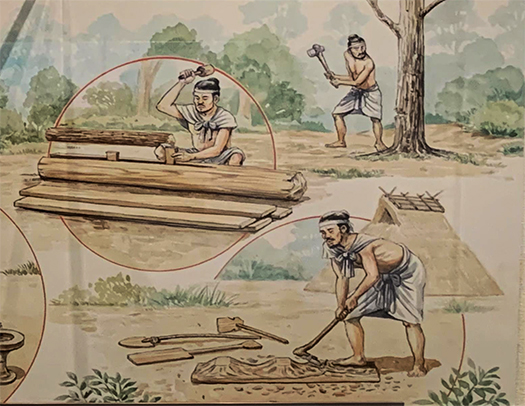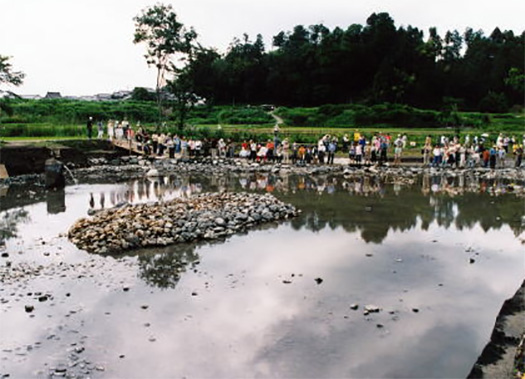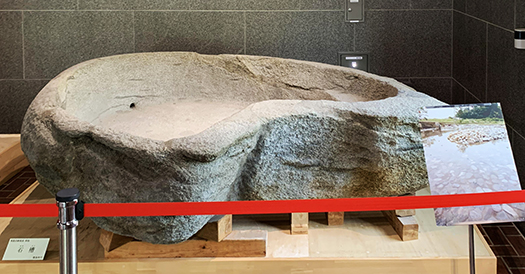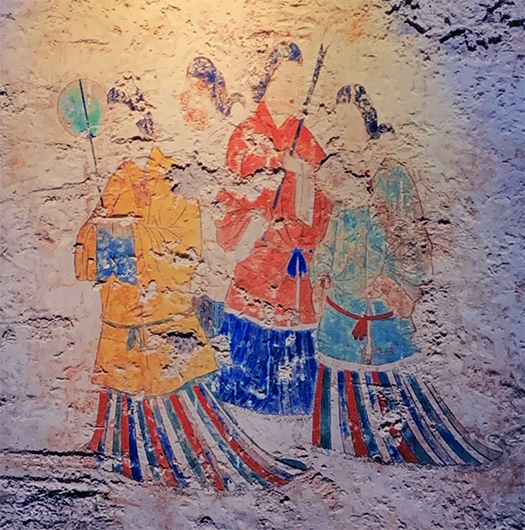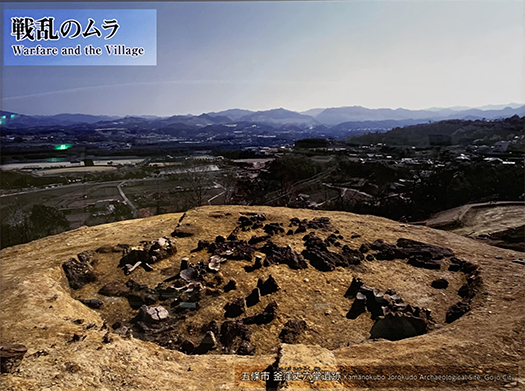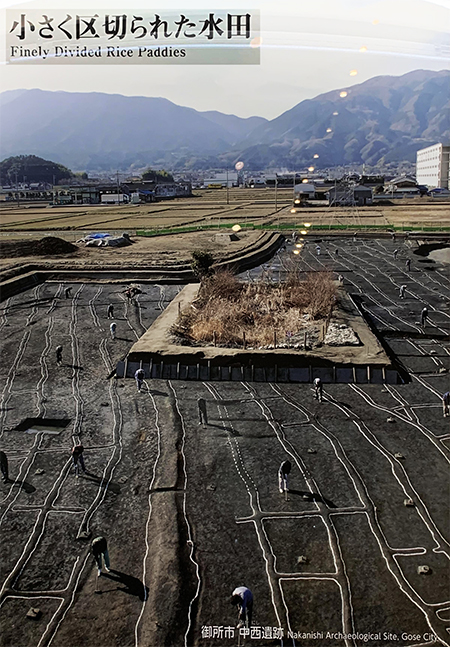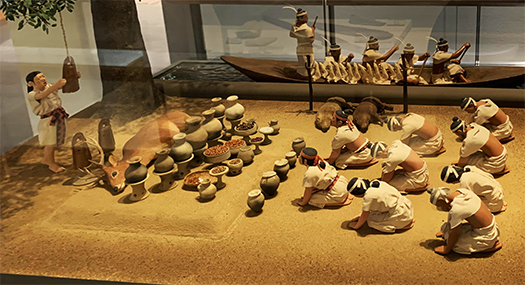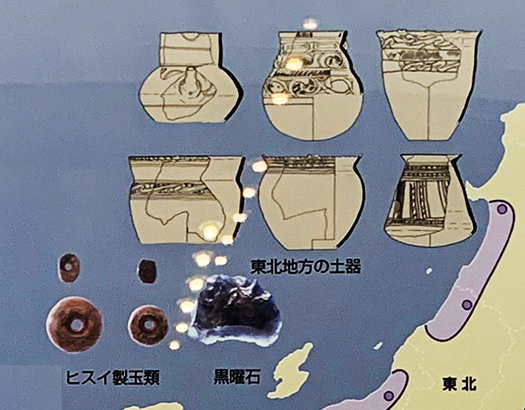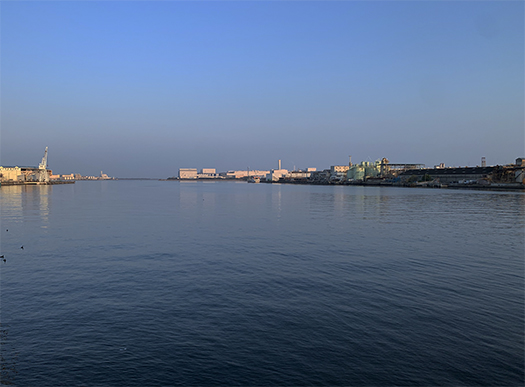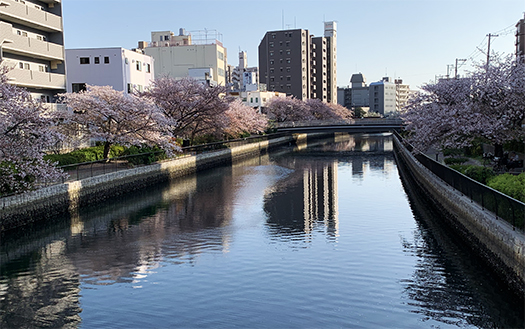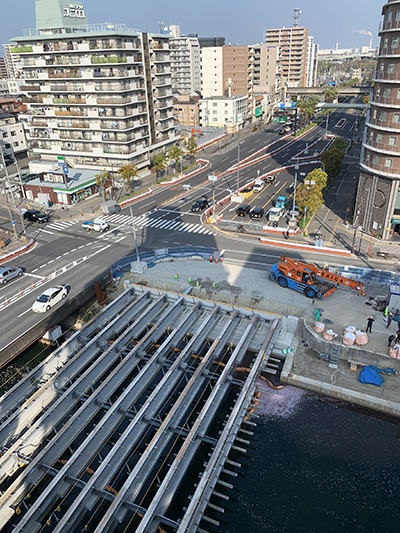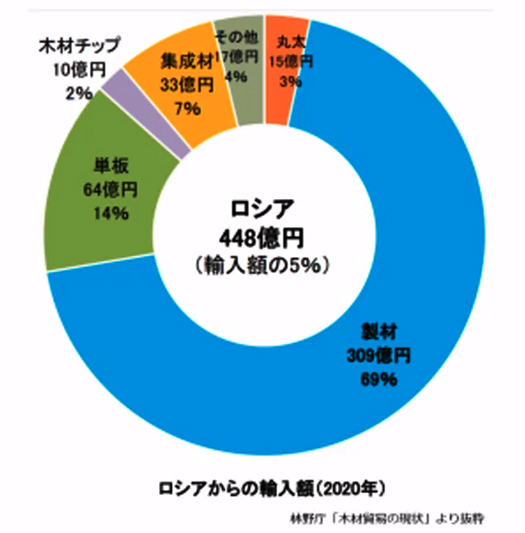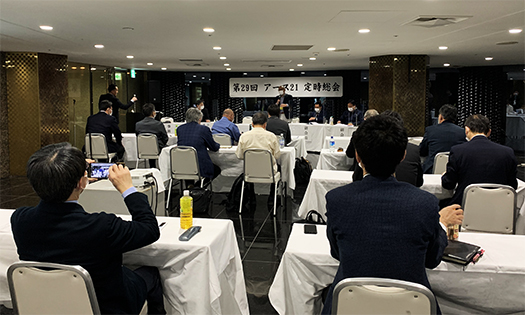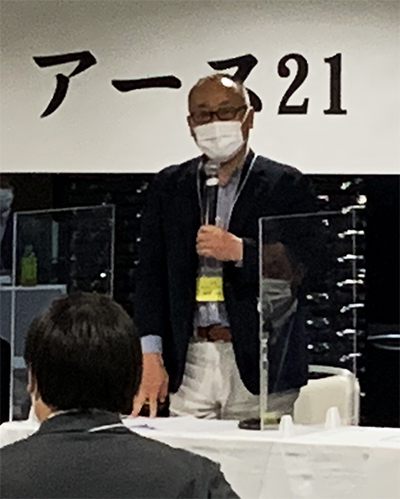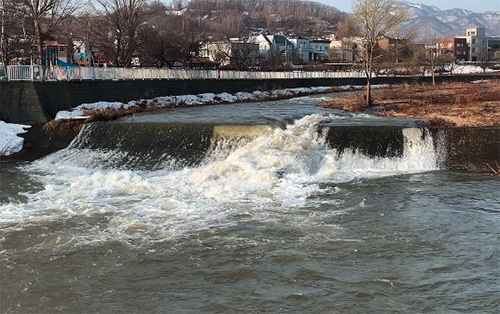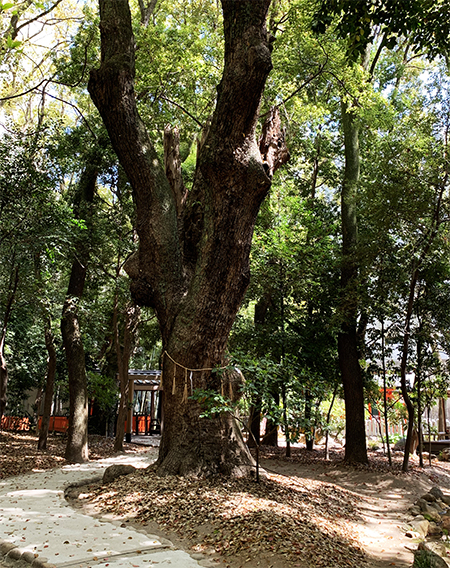
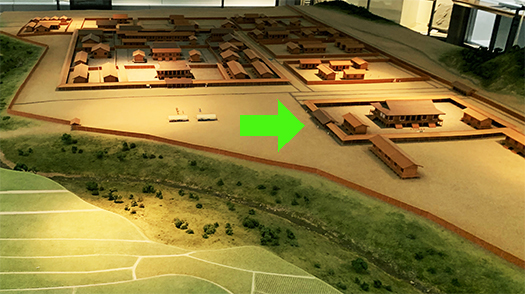

天武天皇という存在は日本史の中で際だっている。
生年ははっきりせず没年は686年10月1日。
かれの生きた時代は乙巳の変(大化の改新)白村江海戦とその敗北、
兄の中大兄皇子・後の天智天皇による挙国防衛体制の構築。
そして天智帝の息子・大友皇子との皇位継承を巡っての戦いが壬申の乱であり、
天武は勝利して即位した、という流れになっている。
日本という国号、天皇という尊号はかれの時代に定まったとされる。
様々な説があるけれど、伊勢神宮が皇室にとっての特別な地位に就いたのは
かれ天武帝の壬申の乱の時点の行動に由来するのではと思われる。
今日に至る実質的な国家輪廓の創造に大きく関与したのだとされる。
そしてその天武帝は「飛鳥浄御原宮」に即位したという。
この宮を巡ってその場所はどこか、それ以前の飛鳥板蓋宮との関係など
古代史の大きな論争点になっている。
今回橿原考古博物館展示を見学する機会に「考古学的」な知見として
飛鳥板蓋宮を更新して「飛鳥浄御原宮」は建設されたと見なす展示。
そしてその「大極殿」擬定建築として「エビノコ郭正殿模型」が示されていた。
エビノコ郭の名前の由来にもなっている地名(エビノ子)は
現在の明日香村役場付近の小字(あざ)名とされる。
古代史上のテーマに対して考古学による実証検討を重ねた結果。
29.2×15.3メートルで四面庇付きの大型の掘立柱建物跡がこの地域で発掘された。
「西側に5間×2間の門がある長方形の区画。内部に9間×5間のエビノコ大殿。
区画南側には朝堂が存在と推定。最近の研究で天武天皇の飛鳥浄御原宮の段階に
新たにつくられた説が有力。おそらくのちの大極殿的性格を持っていた。」
という解説が付されている。
これをそのまま信じれば日本の確認できる最初の「大極殿」と考えられる。
主人たる天武天皇が「天皇号」「日本国号」を定めた経緯からするとそうなる。
建築として「大極殿」というのはある象徴性を持っている。
言うまでもなく社会制度権力の中心を意味し「威信建築」の最たるもの。
少なくとも東アジア世界では究極的建築概念になるだろう。


この写真は国立歴史民俗博物館2009年「日本建築は特異なのか」展図録に示された
上・北京の紫禁城太和殿。清朝の中核権力建築。
下・京都御所紫宸殿。言うまでもなく朝廷権威の中核建築。
時代、時間的には大きな隔たりがあるけれど日本国家の初源期を想起させる。
中国の紫禁城が高々とした基壇の上にあるのに対して
日本の王宮建築では威圧感はより少ない。
紫宸殿建築では右近の橘・左近の桜という印象を和らげる外観装置もある。
現代でも中国共産党指導部はこの周辺地域に蟠踞している。
ロシア・プーチンにも通じる秦の始皇帝由来の大陸的侵略暴力剥き出し、
専制独裁の色彩が強烈な中国皇帝型権力と、和を重んじる日本皇室の違いが
建築でもみごとに表現されているように思える次第。
そういう建築にしてなお、現在「エビノコ」という一見ユーモラスな地名が
冠詞になっている始原建築というのもまた重ねて楽しい。
English version⬇
Emperor Temmu, Asuka Jomihara Palace “Ebinoko Kaku” Nara, Asuka Exploration-6]
This is the central building of national power where Emperor Temmu, the founder of the Japanese name “Japan” and “Emperor”, was enthroned. The humor of the name is also very Japanese. …
Emperor Temmu stands out in Japanese history.
His birth year is uncertain, and his death date is October 1, 686.
His life was marked by the Taika Reformation, the Battle of Hakumurage and its defeat, and the establishment of a national defense system by his elder brother, Emperor Nakataiohito, and the future Emperor Tenchi.
His elder brother, Prince Nakataio, later Emperor Tenchi, established a system of national defense.
The battle over the succession to the throne between Emperor Tenchi’s son, Prince Otomo, and the emperor was the Jinshin Rebellion, which Tenmu won and ascended to the throne.
Emperor Tenmu was victorious and ascended to the throne.
The country name “Japan” and the title “Emperor” are said to have been established during his reign.
There are various theories, but it is said that Ise Jingu took on a special status for the imperial family during the reign of Emperor Temmu.
The reason for the special status of Ise Jingu for the imperial family may be attributed to the actions of the Emperor Temmu at the time of the Jinshin Rebellion.
He is said to have played a major role in the creation of the substantial national structure that has existed to this day.
The Emperor Tenmu then ascended to the throne at the Asuka Jomihara Palace.
The location of this palace and its relationship with the earlier Asuka Itabatamiya Palace is a major point of controversy in ancient history.
The location of this palace and its relationship to the Asuka Itabatamiya Palace, which preceded it, have become major points of controversy in ancient history.
On the occasion of visiting the Kashihara Museum of Archaeology exhibition, I was able to learn about the “archaeological” findings of the Asuka Itabatamiya Palace.
The Asuka Jomihara Palace was constructed by renewing the Asuka Itabatamiya Palace.
The model of “Ebinoko-kaku Shoden” was also shown as a quasi-structural model of the “Daigoku-den”.
The name of the place (Ebinoko) from which the name of Ebinoko-kaku is derived is
The name “Ebinoko,” which is also the origin of the name of Ebinoko-kaku, is said to be the name of a small village near the present Asuka Village Office.
The result of a series of archaeological empirical studies on the theme of ancient history.
A large hottate-bashira (dugout pillar) building measuring 29.2 x 15.3 meters with eaves on four sides was excavated in this area.
A rectangular plot with a 5 ken x 2 ken gate on the west side. Inside is a 9 ken x 5 ken Ebinoko Da-den (large hall).
On the south side of the plot, a chodo is presumed to have existed. Recent research has led to the theory that it was newly built at the stage of Emperor Temmu’s Asuka Jomihara Palace.
The most likely theory is that it was newly built during the Asuka Jomihara Palace of Emperor Temmu. It probably had the character of the later Daigoku-den.
If we believe this theory, we can confirm the existence of the first
If this is believed as it is, it is considered to be the first “Daigoku-den” that can be confirmed in Japan.
This is so, given the circumstances in which Emperor Temmu, the master of the building, established the Emperor’s name and the name of Japan.
As an architectural structure, Daigoku-den has a certain symbolism.
Needless to say, it signifies the center of the social system and power, and is the ultimate example of “prestige architecture.
At least in East Asia, it is the ultimate architectural concept.
This photo was shown in the National Museum of Japanese History 2009 “Is Japanese Architecture Peculiar?
Above: Taihe Dian, Forbidden City, Beijing. This was the core power structure of the Qing Dynasty.
Below: Shikikiden Hall of the Imperial Palace in Kyoto. Needless to say, this is the core architecture of imperial court authority.
Although there is a big gap in time, it reminds us of the early days of the Japanese nation.
Whereas the Forbidden City in China is on a lofty platform
The Forbidden City in China is built on a lofty platform, whereas the Japanese royal palace architecture is less intimidating.
The capital building also has an exterior device that softens the impression of tachibana on the right side and cherry blossoms on the left side.
Even today, the leadership of the Chinese Communist Party is coiled around this area.
The Chinese Communist Party (CCP) leadership is still coiled in the surrounding areas.
The difference between the Chinese imperial power, with its strong tinge of tyranny and dictatorship, and the Japanese imperial family, with its emphasis on harmony, is expressed beautifully in the architecture.
The difference between the Chinese imperial power, which is strongly tinged with tyranny and dictatorship, and the Japanese imperial family, which values harmony, is expressed beautifully in the architecture.
Even with such architecture, the seemingly humorous name of the place, “Ebinoko
The fact that the name “Ebinoko,” a seemingly humorous place name, is now used as a synonym for the original architecture is also enjoyable.
Posted on 4月 21st, 2022 by 三木 奎吾
Filed under: 「都市の快適」研究, 住宅マーケティング, 歴史探訪 | No Comments »



